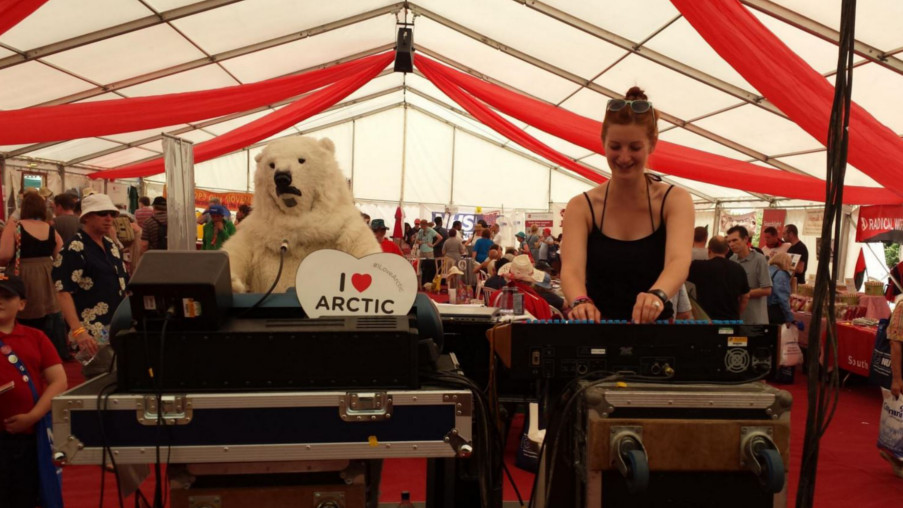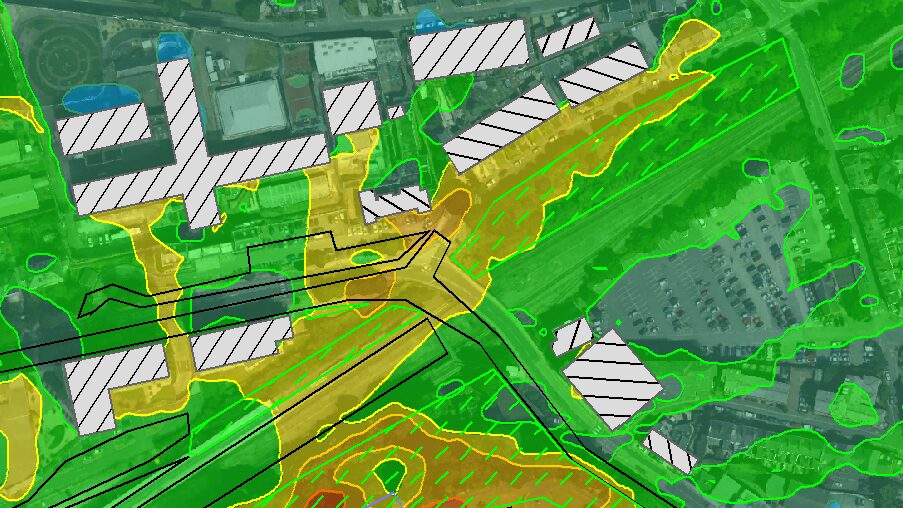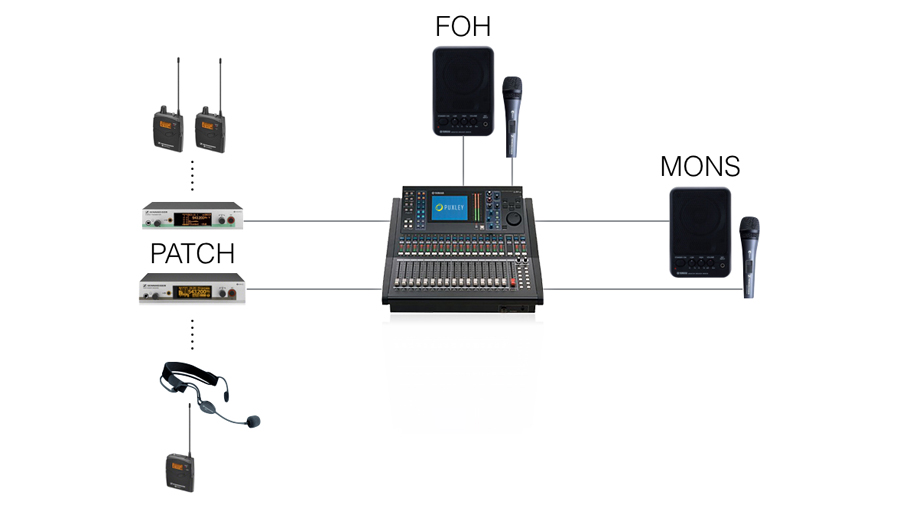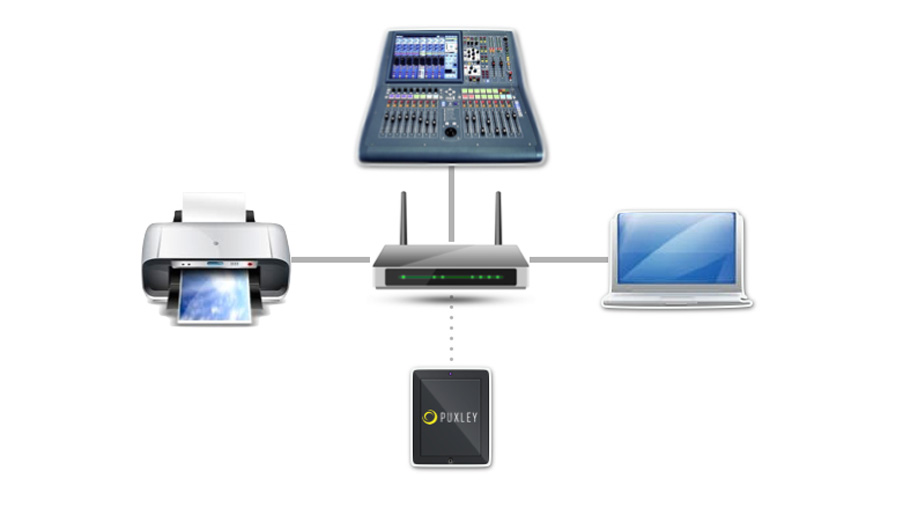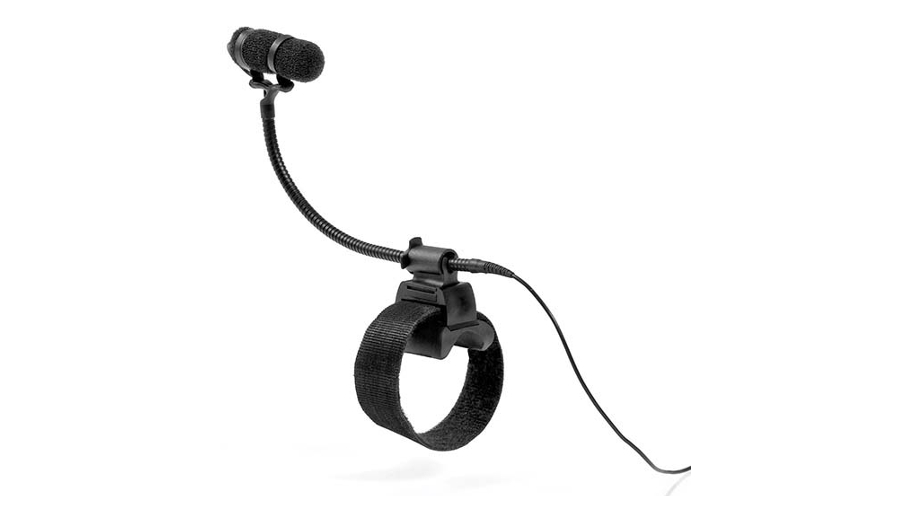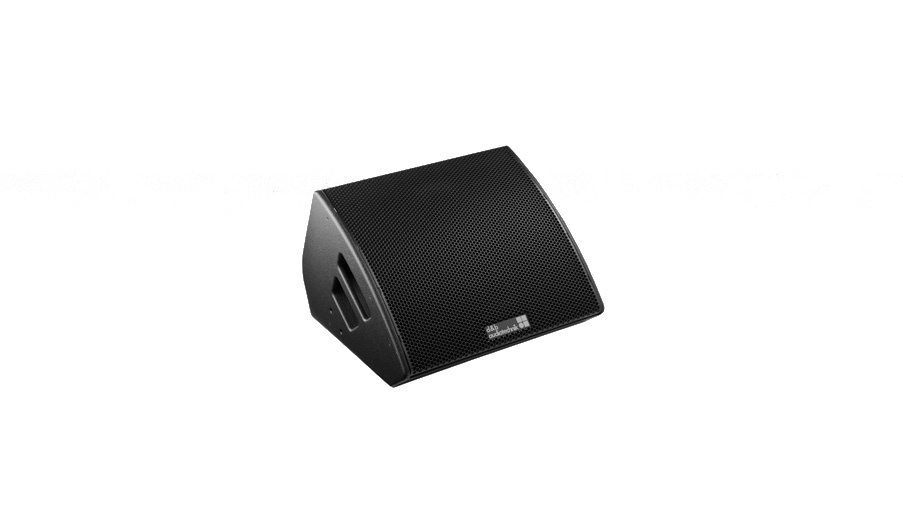Concert Noise Management
Posted on / 11 Nov 2019

As record sales continue to dwindle across all sections of the music industry, concert promoters and record labels have now fully embraced touring as the financial backbone of the sector. Backed by one of the oldest and richest cultural landscapes on the planet, the British live music market was recently calculated to be worth over £780m, with audience figures consistently rising year on year. In fact, between 2012 and 2014, total concert ticket sales increased from 15.9m to a whopping 21.1m.
UK Live Music – outstripping the wider economy
The result of this is a race to the top. Concert promoters, production managers, and contractors alike strive to achieve the elusive ‘wow factor’ that counts toward one goal – repeat custom. It is far easier to persuade fans back to their favourite venue, or to catch a show with their favourite act, than it is to win new ones.
Spending on the unseen
However, the value gained from pouring budgets into lighting design, top-of-the-line acoustics, and custom manufactured set is diminished should the powers that be decide to flex their muscles, or worse yet call time on your show entirely. We are, of course, talking about the omnipresent environmental health officer. Our country is small, and must be shared with those who prefer peace, quiet, and tranquility. It’s the EHO’s job to manage the noise pollution risks associated with your event – and working with rather than against them is easier than you may think.
As with many transformative measures – the first step is a switch in attitude and perception. Concert Noise Management, and the wider realms of Stakeholder Impact Mitigation, should be seen less as a predatory line item on production budgets and more as an opportunity for continuity. Simply put, if local stakeholders are happy then local authorities are happy. They won’t impose conditions or limitations on future shows, and your customers will have the opportunity to return to your venue or re-book when your tour returns to town.
Concert Noise Management is scalable. The basics include the formation of a Noise Management Plan (NMP) – and a little goes a long way. An NMP details the measures you plan to take to deal with nearby residents affected by your event. An Environmental Health representative may refer to these as ‘Noise Sensitive Receptors’ or ‘Noise Sensitive Locations’. People living ‘downwind’ of your concert can often exhibit no hostility whatsoever – but certain cheap measures exist to increase the chance of this being the case. For small scale shows or one-off events, an act as simple as informing the stakeholder can go a long way to bringing them onside. Giving notice in advance means that a distant dull thud is less of an unwelcome surprise – especially if the show curfew is clearly communicated. Free tickets, vitally, are an even more persuasive tool – but tread carefully when offering your local retirement community guestlist spots for The Prodigy live show!
In the realms of annual events, weekend-long festivals, or regular arena tour dates, your NMP may require more substantial measures to keep hostile stakeholders at bay. Modern loudspeaker technology, coupled with computer aided simulation, means that a raft of technical measures are available to production managers to minimise offsite noise. By building acoustic propagation models, it is possible to predict with reasonable accuracy how the output of your concert’s speaker arrays will interact with the local area – subsequently producing technical recommendations about how to minimise impact at noise sensitive locations.
Is concert noise management worth it?
The real-world results of these practices can, at times, be truly amazing. Shows or venues that once induced multiple complaints per event can be transformed into low-impact, welcome additions to communities – all without reducing the experience of the customer.
Puxley knows inside out the complexity of regulations surrounding live events, particularly when they operate outdoors or on a one-off basis. To learn how we manage and implement the expectations of local authorities, communities, and clients please see a relevant case study, or contact our production team.
If you are ready to ‘get your geek on’ then this in depth post covers the technical considerations for making measurements for the purposes of noise monitoring. Knowledge Base – An Audio Measurement Primer
Related Products
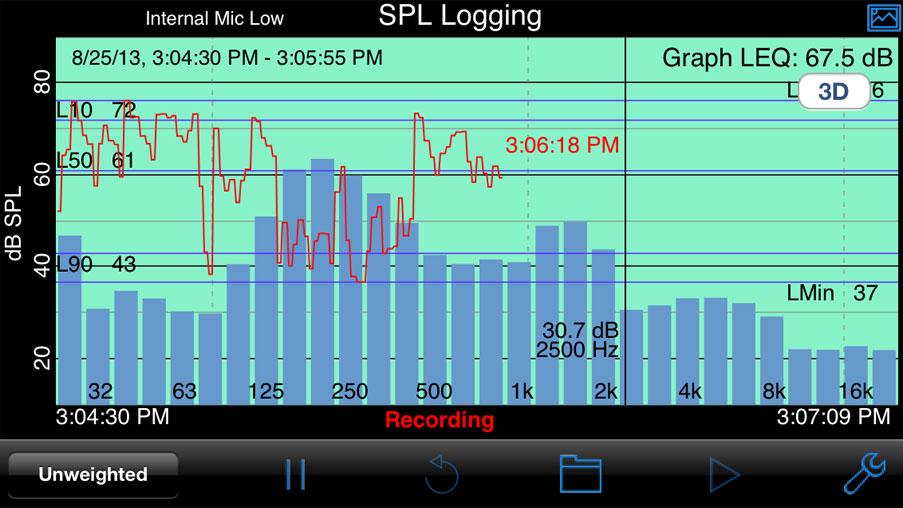
Class 2 Calibrated Measurement System
£100.00 per day
£300.00 per week
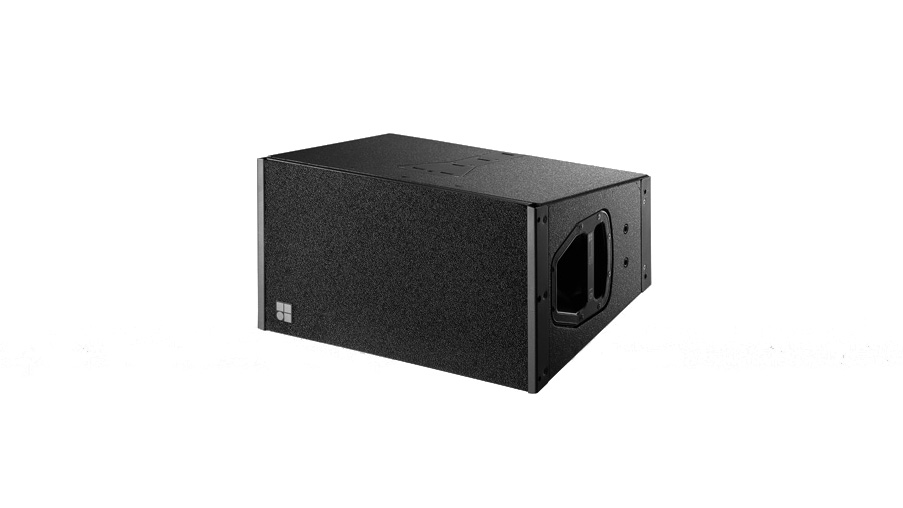
d&b audiotechnik Q1 Loudspeaker
£20.00 per day
£60.00 per week
Latest Articles
Gigs and Global Warming
Scientists from the international community agree undeniably that "Human influence is the dominant cause of global warming". The next century is likely to p...
Posted / 1 Dec 2019
Concert Noise Management
As record sales continue to dwindle across all sections of the music industry, concert promoters and record labels have now fully embra...
Posted / 11 Nov 2019
Festivals — Managing off-site noise
The news that a new festival is coming to your neck of the woods can be greeted with great enthusiasm (if you're a festivalgoer), or great trepidation (if you a...
Posted / 19 Apr 2019
